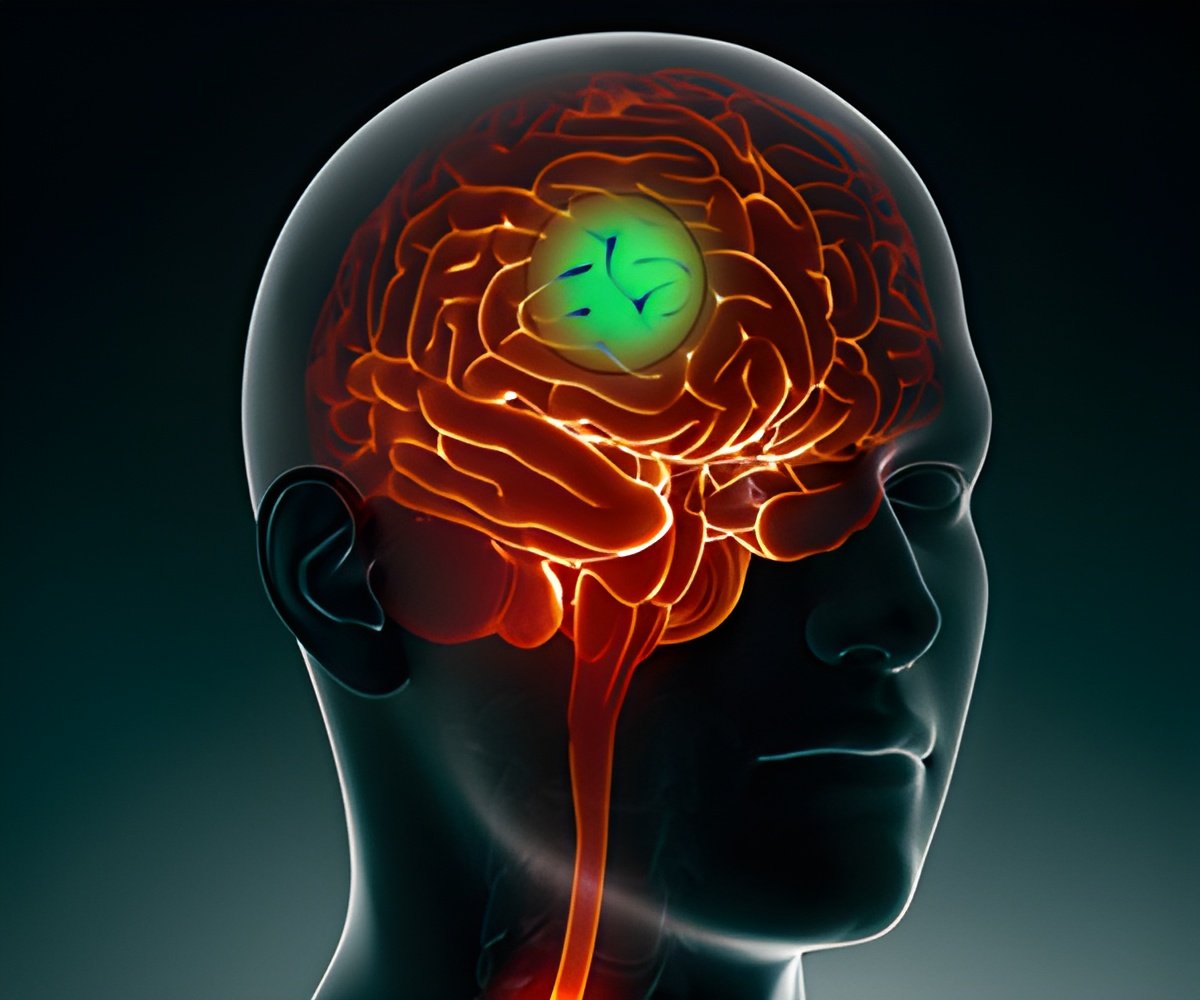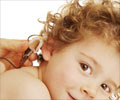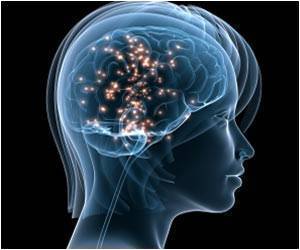The mind-reading technology could be used to enhance brain-computer interfaces in order to establish communication with locked-in syndrome patients.

‘The mind-reading equipment could pave way for new research on reconstruction of auditory imagination and inner speech.’





The study, published in the journal Scientific Reports, contributed to the improvement of the technique and paved the way for new research on reconstruction of auditory imagination and inner speech. In the experiment, six volunteers heard 40 pieces of classical music, rock, pop, jazz and others.
The neural fingerprint of each song on participants' brain was captured by the MR machine while a computer was learning to identify the brain patterns elicited by each musical piece.
Musical features such as tonality, dynamics, rhythm and timbre were taken into account by the computer.
The computer showed up to 85 per cent accuracy in identifying the correct song -- a great performance when compared with the previous studies.
Advertisement
"Machines will be able to translate our musical thoughts into songs," said Sebastian Hoefle from D'Or Institute and Ph.D student from the Federal University of Rio de Janeiro, Brazil.
Advertisement
Source-IANS









